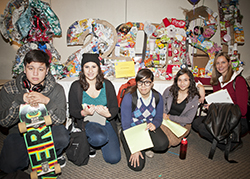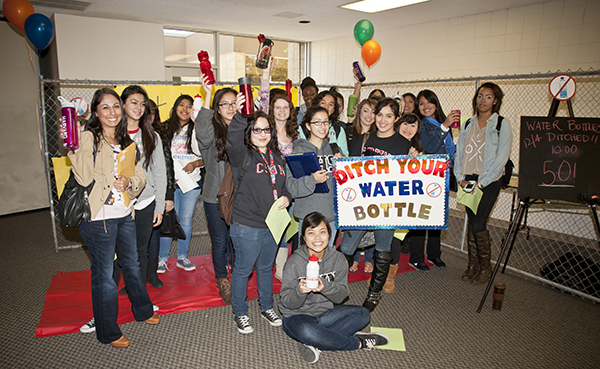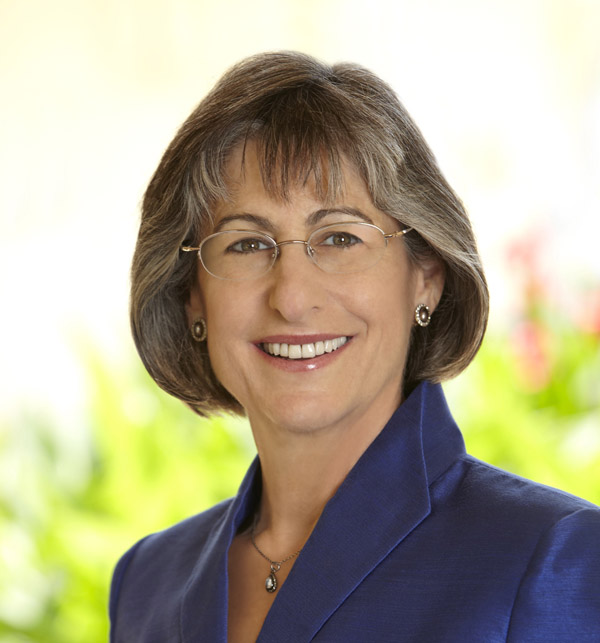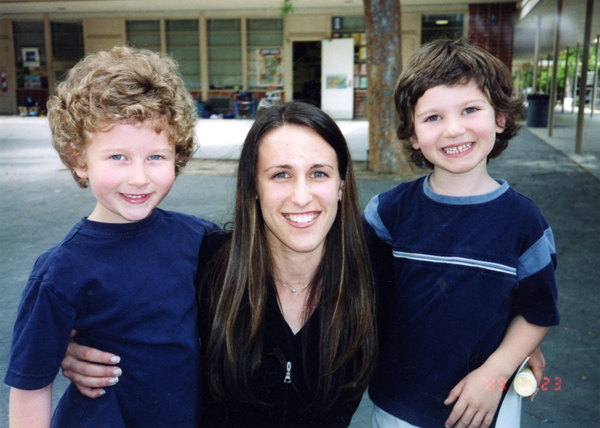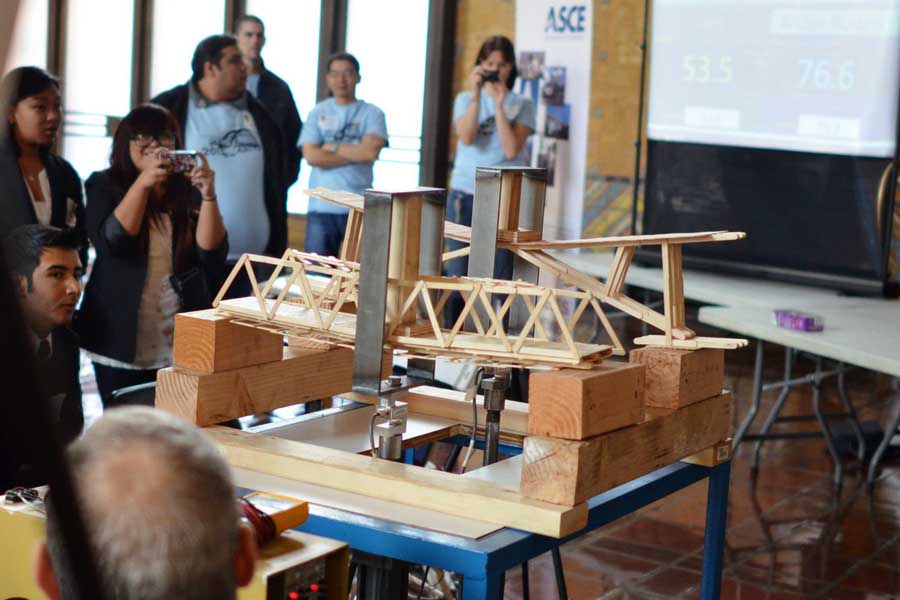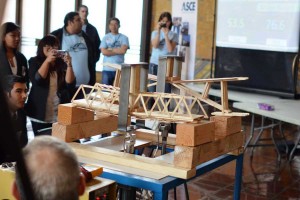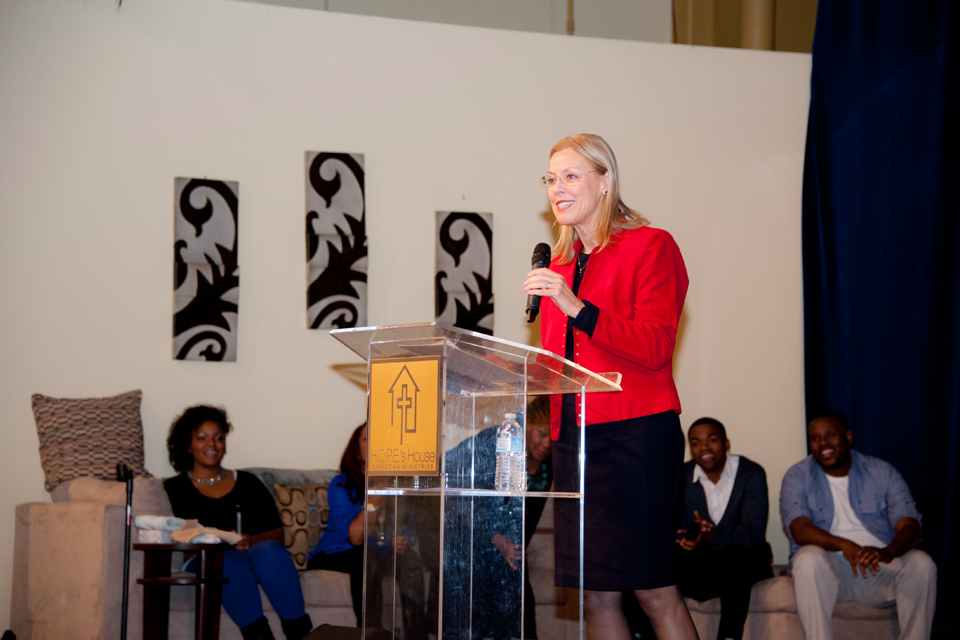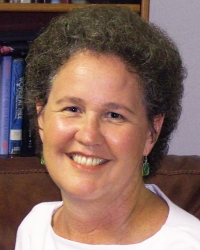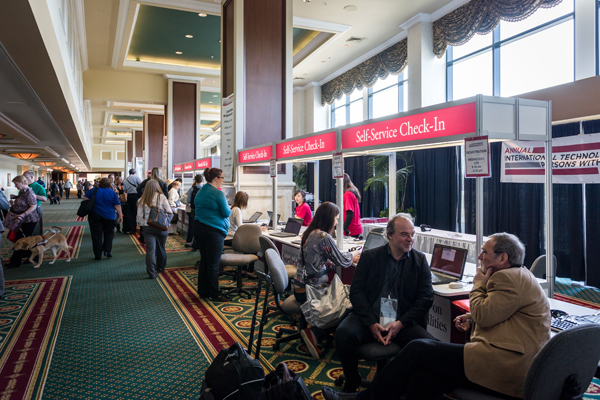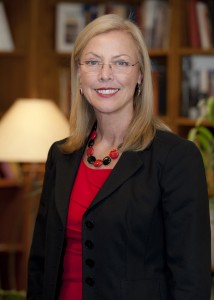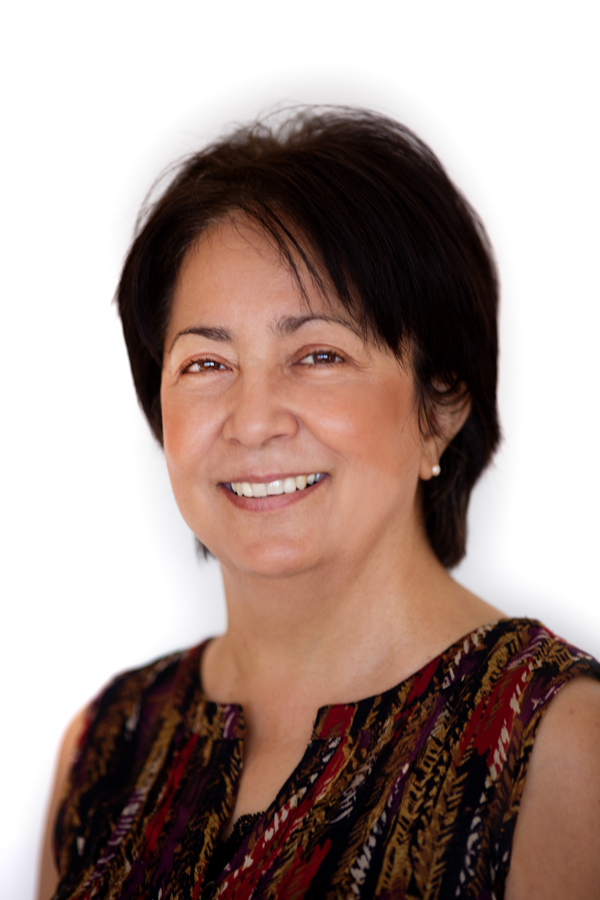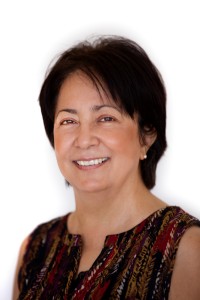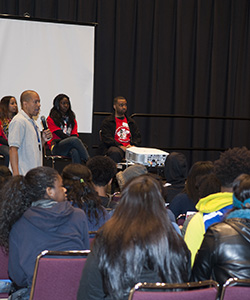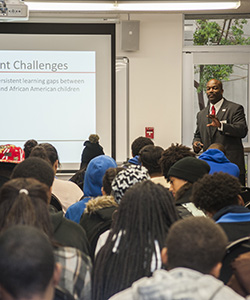

CSUN computer science professor George (Taehyung) Wang presents research on Big Data during College of Engineering and Computer Science Speakers Series. Photo by Lee Choo.
Big data can have a significant impact on the economy, from reducing wasteful spending and fraud in healthcare to increasing the fuel efficiency of automobiles to job growth in the area of data analysis.
During a special presentation, “Big Data — Trends and Technologies,” on Dec. 3, computer science professor George (Taehyung) Wang said big data can create significant value for the world economy, enhancing the productivity and competitiveness of companies and the public sector and creating substantial economic surplus for consumers.
“Data is money,” Wang said. “Everything can be connected.”
Big data is the collection of data from traditional and digital sources inside and outside a company that represents a means for ongoing discovery and analysis. Wang said the term refers to datasets whose size is beyond the ability of typical database software tools to capture, store, manage and analyze. It ranges from a few dozen terabytes to multiple petabytes.
Wang said data is collected from nearly every aspect of human life from video streaming services like Netflix to Web search engines like Google to retailers that track the shopping habits of consumers via their smartphones.
He said some cities are using big data to create smarter transportation grids, both public and private, by collecting data on how traffic flows using synchronized signals. Big data is also being used to develop more clean energy projects, and the healthcare industry is looking to provide better treatment plans through studying genomics or personalized medicine.
Wang’s presentation was part of the “Brown Bag” fall series of presentations by faculty in the College of Engineering and Computer Science. The series was launched last year to showcase the work of faculty in the college. Some of the other presentations this fall addressed, “Image Processing Techniques on Reconfigurable Hardware,” “Aspects of Smart Grid for Teaching and Research” and “Development of an Intelligent Wheelchair.”
“We have now made this a regular feature to showcase faculty research activities in our college,” said S.K. Ramesh, dean of the college. “These contemporary projects cover a broad array of important topics, from software engineering, energy, materials engineering, transportation and communications engineering just to name a few. Our students who work on these research projects gain valuable ‘hands-on’ experience that positively impacts their lives and careers.”
For a full list of the series’ topics, visit the College of Engineering and Computer Science’s website.
